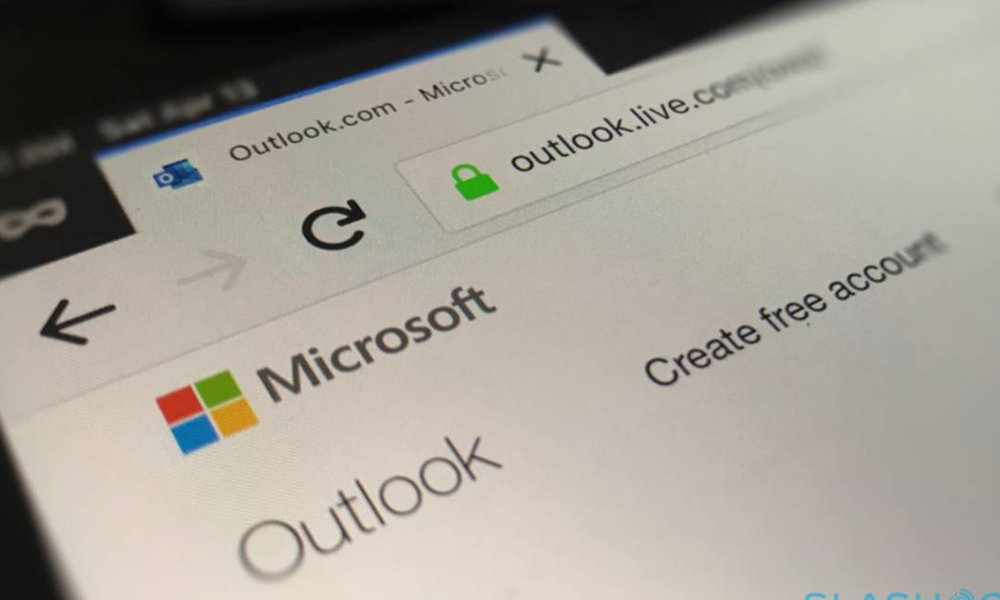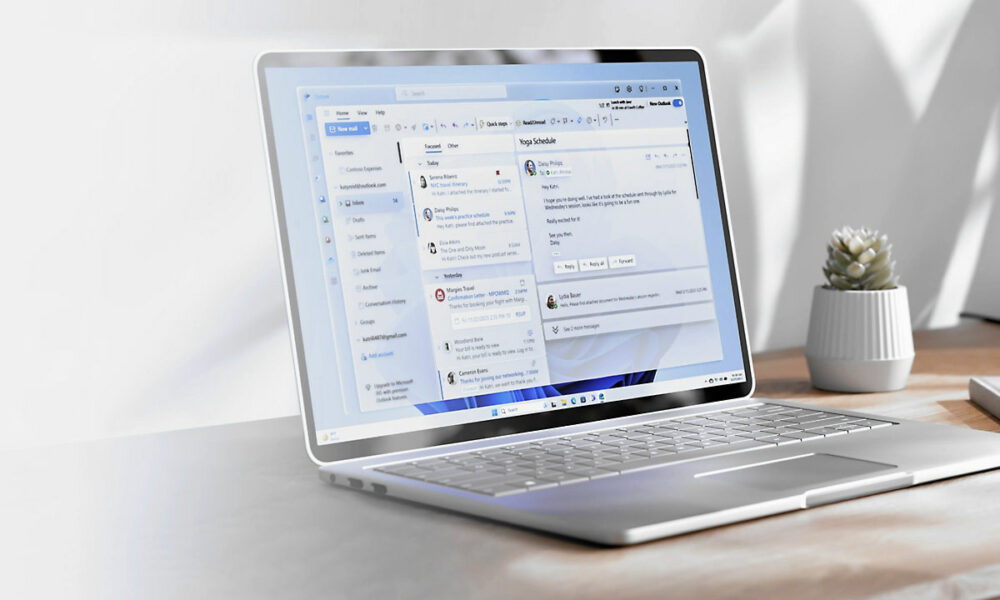Log in with just your username and password? Your days of laziness are numbered, and starting next September 16, Microsoft will apply an update to its security policies related to identification in its security services. email, from Outlook to Hotmailand will also affect those using Live accounts.
It all boils down to the Secure Future Initiative (SFI), an initiative – as its name suggests – to improve security, which is based on three pillars: proactive protection based on artificial intelligence, fundamental software engineering and application support with the strictest international standards. to protect users from threats.
One of the measures included in the Secure Future Initiative is the current one: forcing advanced authentication to sign in to your email services, that is, forcing the user to use an additional layer of security, read some two-method or two-. step verification. It will be a mandatory requirement, yes.
Your email address ends in @outlook.com, @hotmail.com or @live.com? In that case, the measure will affect you, although the truth is that it is not a negative change, but on the contrary, something that all email providers should do (where they exist, a sensitive service through which you can restore the login third-party data ) and that Microsoft should have implemented a long time ago.

But the measure will not apply equally to all services or circumstances: the first key date is September 16, i.e. the day from which the change will begin to spread among users of the new Outlook. The old ones, in the web version, will do the same from August 19, and the Mail and Calendar applications until the end of the year.
Of course, Microsoft’s recommendation is to abandon the older applications and switch to the new Outlook with everything that goes with it. The general recommendation is to adopt the new Outlook apps now, regardless of the platform the user is using, as the app itself will be in charge of notifying and guiding the process.
Now any user can pre-empt events, which will also result in their security, and get into the user settings in the aforementioned services and from there activate some type of two-factor authentication… Which one? Whichever you prefer, Microsoft Authenticator is the most convenient bet even if you choose to simplify the process by accepting a passkey.














